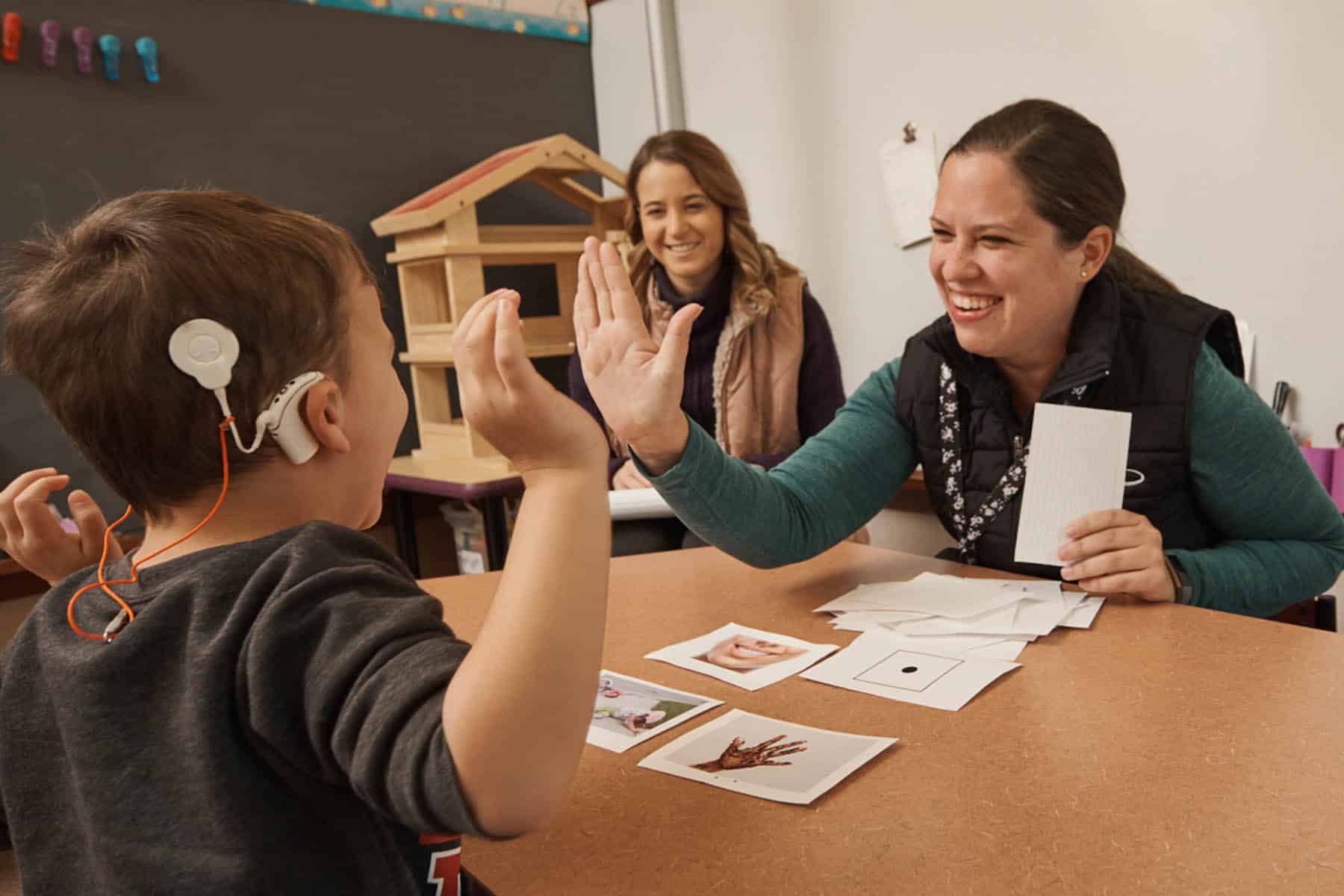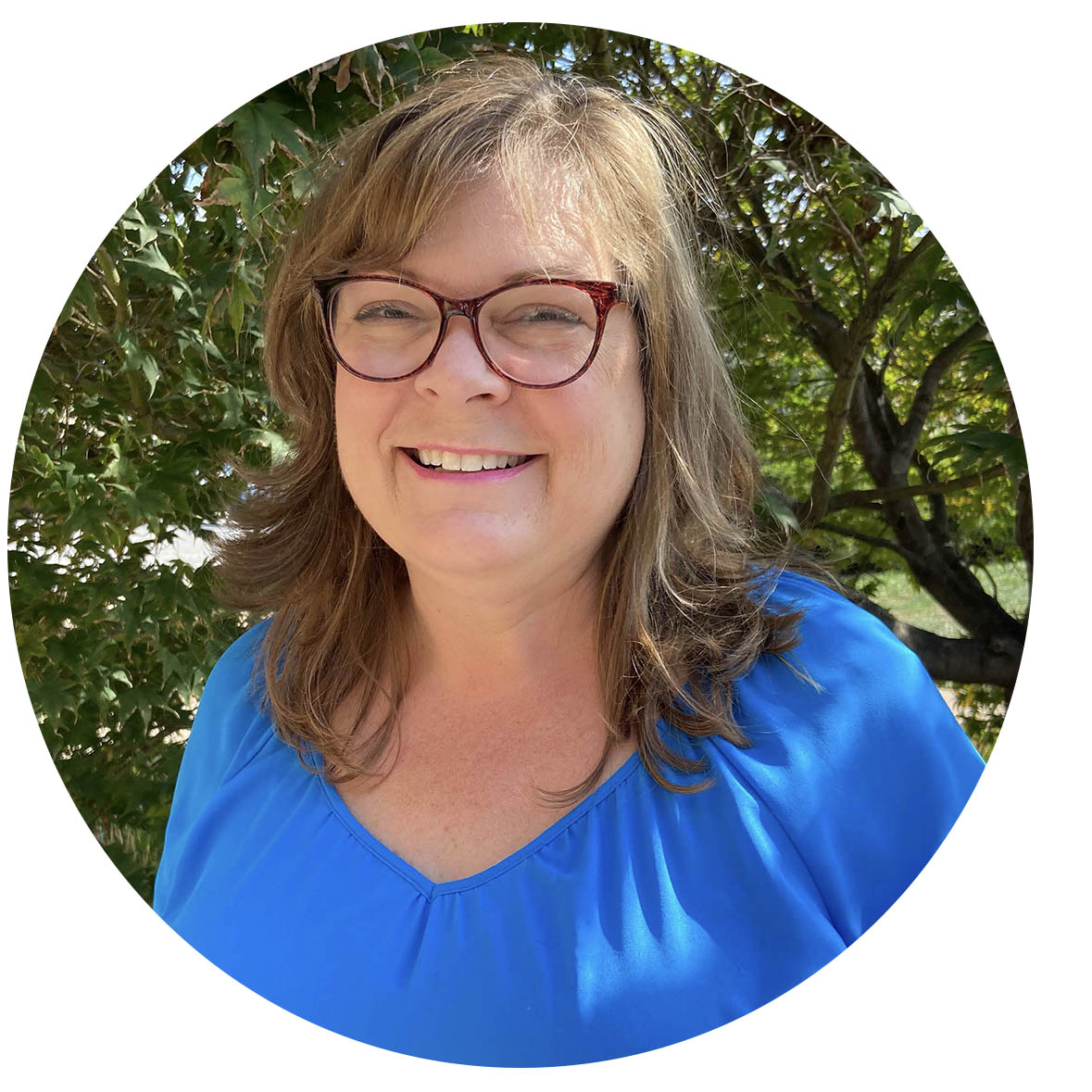When we join a helping profession like teaching or therapy, we dream of the difference we can make in the lives of the children and families we serve. We dream of the success the children will have and how we would be a part of that success. Maybe we even imagine the accolades we’d get! We join this profession, not for an immense salary, but because we immensely value and appreciate helping someone else reach their potential. We want a role in that journey.
And sometimes that’s just how it plays out. We’ve helped a child and family on their journey, and we can see how far they’ve come. But, sometimes, that isn’t how it works. Sometimes, we don’t feel or see the impact we’re making. The children and families aren’t making the progress we’d hoped for. We see the potential, and there’s still a long, long way to go. It’s easy to get discouraged and feel like you are giving your all, and it isn’t enough. Often, we internalize those experiences and begin to question ourselves: “Maybe if I was a better teacher/therapist, this child and family would be doing better. Maybe I’m not the right person. Maybe I’m not right for this profession.”
Maybe. Those are all valid questions. You MAY be able to do a better job. You MAY NOT be the best person to support this family/child. Then again, MAYBE YOU ARE. Likely the fact that those questions are popping up indicates you are a good, reflective educator looking to do your best which makes you the right person for this child and family and right for this profession. So, what to do with those doubts creeping through…
Breathe, reassess, and reframe.
Breathe:
Take a deep breath. Really. Take several. Activate your executive function rather than your fear. That requires oxygen to your brain and calmness. So, inhale deeply from your belly and exhale fully for several cycles. Here’s a link for a 3-minute breathing exercise to support you.
Reassess:
- Are my expectations realistic? Are they based on THIS child and THIS family or on previous children and families I’ve worked with and the trajectory they were on? While we want to maintain high expectations, it may be time to review and revise what our expectations are and the timeline to meet goals. We may need to come to terms with slower, unsteady progress with many bursts, plateaus, and regressions.
- Can I identify the strengths of the child/family? How am I using those strengths to help with progress? Similarly, what are the obstacles? What part of those can I control? What part do I need to acknowledge that I cannot control and thus can release?
- Am I trying to accomplish this work alone? Who can I collaborate with, or what other information might I need to help us move forward? I have expertise, and I have limitations. The need, and my willingness, to collaborate with experts in other areas supports my desire to help this child and family.
Reframe:
Reframe your thinking. Challenge the underlying belief in your “maybes” and reframe it in a positive light. Challenge the beliefs that you aren’t good enough, that it’s all on you, that only great gains count as progress. If a friend said that to you, you’d refute it. Do that for yourself! Your “maybes” could become “I’m giving my best. I’m committed to learning more about this child and family and how to best serve them. This is what strong professionals do. I can celebrate the small steps and can celebrate being a part of them!”
Patti Hoffman is a family support specialist in the Anabeth and John Weil Early Childhood Center at CID – Central Institute for the Deaf. She has presented at various professional workshops, guest lectured for the Washington University Program in Audiology and Communication Sciences and written a published article for Volta Voices. Ms. Hoffman also compiled the CID Developmental Rating Forms for children ages 3-5.













